Independent Collectors
me Collectors Room – Picha/Pictures
"Picha/Pictures – Between Nairobi & Berlin" at Berlin's me Collectors Room features artworks by Berlin-based artists and children that live in Kibera, East Africa’s largest slum.
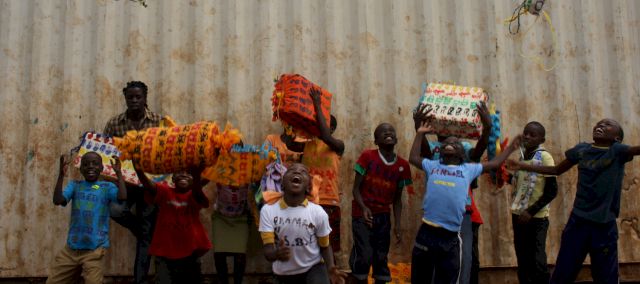
“Picha/Pictures – Between Nairobi & Berlin” at Berlin’s me Collectors Room features artworks by Berlin-based artists and children that live in Kibera, East Africa’s largest slum.
In collaboration with the organization “One Fine Day“ founded by Tom Tykwer and Marie Steinmann-Tykwer, the children from Kibera and the artists produced artworks in Nairobi which are now exhibited in this Berlin exhibition. To mark the opening of “Picha/Pictures – Between Nairobi & Berlin“, we speak to the curator Juliet Kothe about the logistics of working between Nairobi and Berlin, how the project came about, and what the significance of showing the works in a private collection.
IC
How did you come up with the idea of the exhibition? Could you tell us a little bit about the concept?
JULIET KOTHE
The core of it all, the workshops, is to reflect and exploit the idea of teaching – the sharing of skills as a general principle that works no matter if it is applied to children, grown-ups or professionals, unimportant of where they are based – Africa, Berlin or any other place on earth. We hope that this comes across in the exhibition displaying the works by contemporary artists next to the works of the children.
We started the workshops with the painters Zhivago Duncan and Andreas Golder since we thought it might be the easiest medium for children to adapt to. It was a learning process that even very abstract and refined techniques like Amélie Grözinger’s foldings or Caroline Kryzecki’s super fine pen drawings totally made sense when applying it with the children – the artists just took into consideration the unusual workspace and adapted their materials. Caroline exchanged the pen with oil chalk and Amélie chose easier patterns with paper that the children had designed in various ways.
For Marie, the founder of “One Fine Day”, and myself, it was clear from the beginning of the workshop-program in 2013, that we would exhibit the works created in collaboration with the artists and the children. The me Collectors Room is the right institution as they are very engaged in educational projects with children. A lot of their effort is motivated by similar beliefs. I met Julia Rust, the director of the me Collectors Room at the Gallery Weekend 2016 and told her we had to meet. So Marie and I did and she said yes! Fantastic!
IC
What were the challenges for you and also for the artists involved during the workshops with the children in Kibera?
JULIET KOTHE
Challenges are so multi-layered. I have lived in Central West Africa before, so I kind of knew about the possible living conditions in the Kibera Slum. But Kibera was just so overwhelming – figures say it is the biggest slum in East Africa, some even state the biggest on the whole continent. Living conditions are unimaginable for must of us: no running water, five people share 9 sqm, dirt, noise, violence. We always had to leave the school grounds by 6pm as by then it is getting dark and a lot of people are getting drunk. To witness that vulnerable children have to live a life there is first of all heart breaking. They should be safe, but they aren’t. They should be able to be cured by their illnesses, but often money is lacking. They should be taught, but they have poor access to knowledge. So first of all it is a mental challenge. And of course making art under such circumstances feels weird in the beginning, but the artists adapted very easy. We always try to mainly work with materials that are also accessible in Kibera – like Erik Schmidt – he used newspaper clippings that reported on the visit of the Pope Franziskus that had happened just the day before. He showed the children the “frottage-technique” where all you need is a pen, a sheet of blank paper and an old piece of newspaper. There was also Zuzanna Czebatul who created stamps out of cardboard and printed-paper and later textile. Other challenges? You can’t move freely and that you always have to go by car.
As art professionals of a westernized art field and a strong art market, it is often only about career, visibility, money, power – all of these principles concern the system, not the act of creation itself
JULIET KOTHE
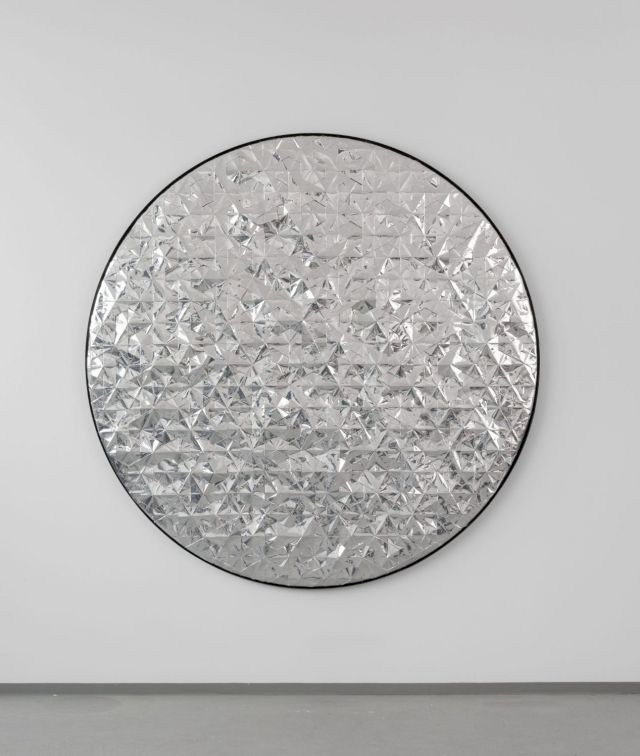
IC
Were there any inspiring moments you experienced while conceptualizing and preparing the exhibition?
JULIET KOTHE
As art professionals of a westernized art field and a strong art market, it is often only about career, visibility, money, power – all of these principles concern the system, not the act of creation itself. Making art with children is all about creating – you get to the core and potential of creativity. When children started to sing in Zuzanna’s art class, because they were in a “creative flow” whilst knitting their cushions, totally relaxed, that was very touching. It seems like nothing special, but to find a way to be easy, concentrated, and even happy under such severe conditions – art can do that.
IC
How was it collaborating with Tom Tywker and Marie Steinmann-Tywker, the founders of the organisation “One Fine Day”?
JULIET KOTHE
I met Tom and Marie in 2013 when they were auctioning works at the CFA gallery for “One Fine Day”. I loved it that from the beginning the project is mostly run by Kenyans. Marie can share responsibilities in a true sense – she doesn’t need to control. She trusts and that is really fantastic. When I went the first time to Nairobi with Andreas Golder I didn’t really have an idea, but she knew it would all work out. She is way more optimistic and flexible in her thoughts then I am, I am more stiff and worried and I have learned a lot from her easiness. You can’t start a project like that just worrying about it – you just got to start it! Tom is the same really. There is no such thing as an idea of individual success, it is about the project, about what you love doing, about all the people that are involved. Both of them are very caring and sharing people.
IC
The exhibition shows both the original works by the Berlin-based artists as well as works that were made by the students during the artists’ time during with their stay in Kibera. What was the communication like between Berlin and Kibera? Did you stumble on any difficulties?
JULIET KOTHE
Art works are non-verbal and so that helped. Also all the artists always had a Kenyan art teacher working with them in the workshops. They often translated from English into Swahili so the children would really understand. But mainly it is about showing. I guess the communication between us Germans and our Kenyan colleagues and artists works really well. Some of the teachers grew up in Kibera themselves; they found in art what they are trying to teach the children now.
There is this tendency to talk down the 'cultural ambitions' by private collectors – I think this is a very ignorant and blinkered perspective.
JULIET KOTHE
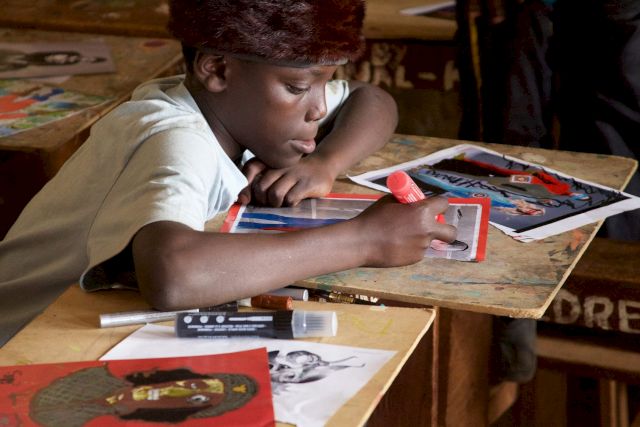

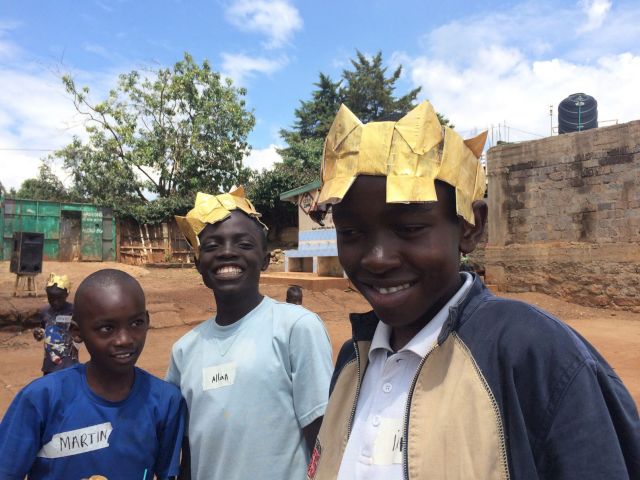

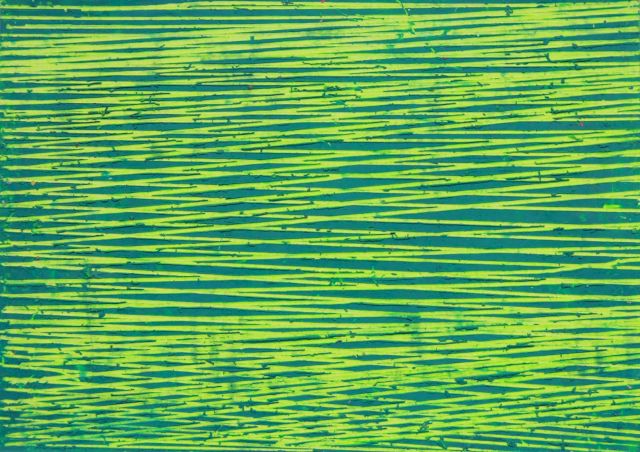
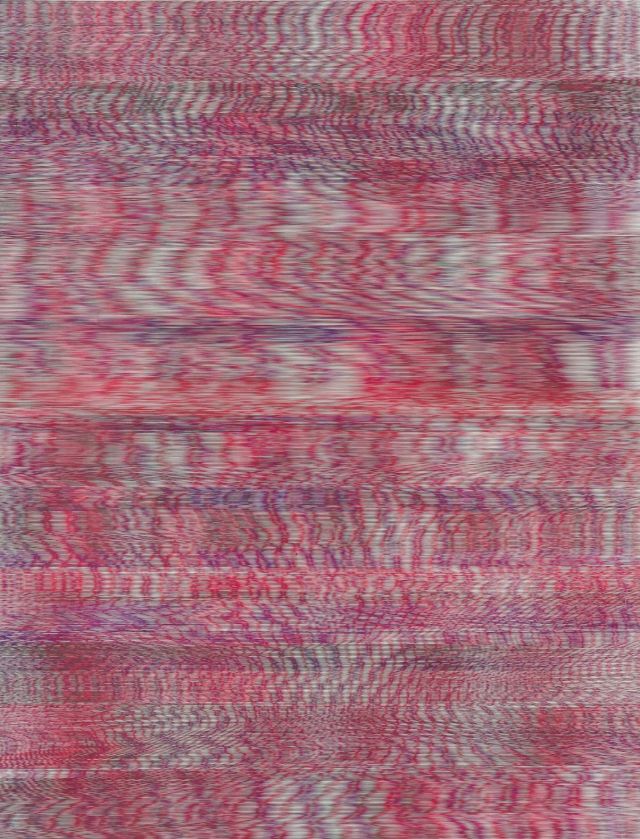
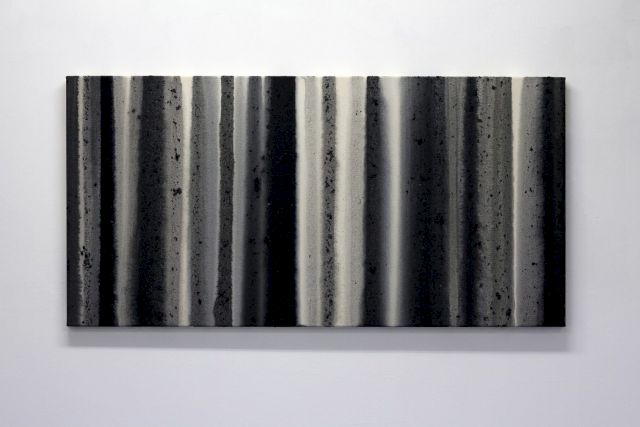
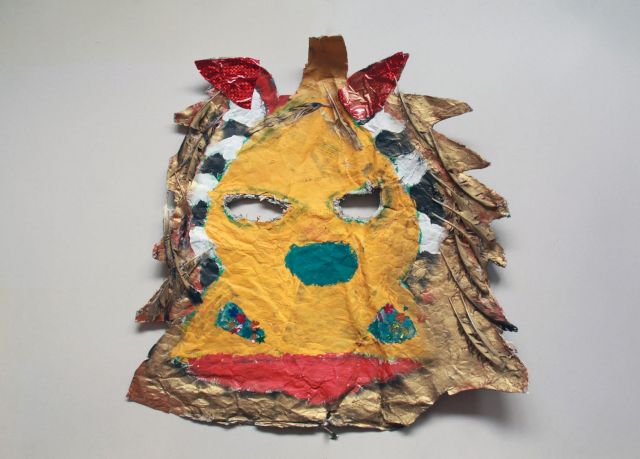
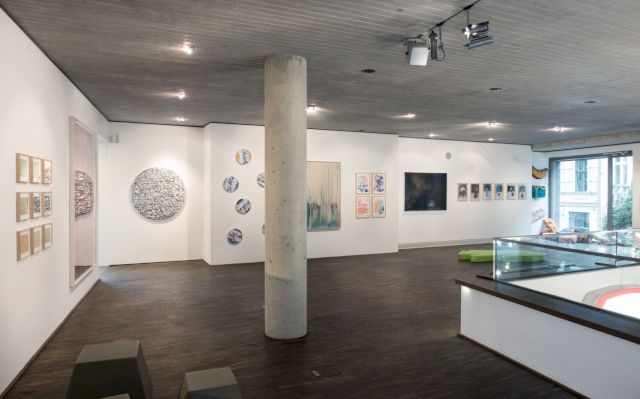
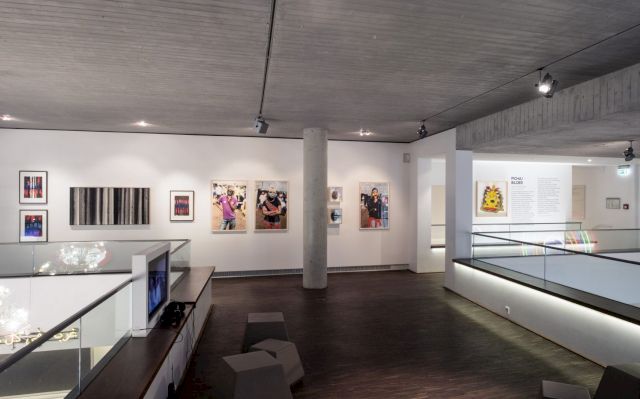
IC
The me Collectors Room Berlin shows the private collection of Thomas Olbricht. In your opinion, what is the role of the private art collector today? Where do you think the role of the collector is headed?
JULIET KOTHE
That’s a complex question. An initiative such as “One Fine Day” benefits from the flexibility and the autonomy of a private institution. Processes are less complicated because a small team or sometimes just the collector make the final decisions. The private art collector has become increasingly more visible in recent years, with the private museum really only becoming big over the last decade. Collectors add a different, very individual perspective. Someone like Thomas Olbricht, owning more than 6 000 art objects is a real and indispensable part of financing the whole production of art in Berlin. For the artists and galleries, theses protagonists are one of the most important factors. There is this tendency to talk down the “cultural ambitions” by private collectors – I think this is a very ignorant and blinkered perspective. How is anyone supposed to live from their art if it is only about discourse? Art needs to be bought, that’s how you support yourself and the market.
IC
What has it been like to exhibit “Picha/Bilder – Zwischen Nairobi & Berlin” in a location such as the me Collectors Room Berlin? What has the response been like?
JULIET KOTHE
The me Collectors room is the right institution, since they are very engaged in educational projects with children. A lot of their effort is motivated by similar beliefs. It is of course fantastic how the me Collectors Room is also located – very central.